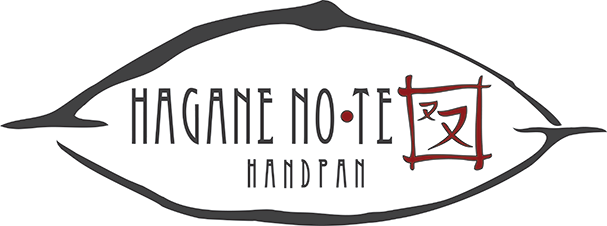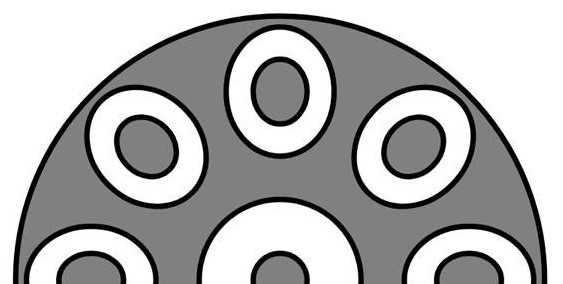The HaganeNote Handpan Virtual Instrument (link) is the result of passion and investigation. During the last two months I’ve had the opportunity to sit at my desk and study programming languages, something which had been pending for some years. A dear friend says that you learn coding when you want to make something specific. It’s very difficult to learn coding if you do not have in mind a specific task you want the web to perform.
The occasion came when I started thinking about coding a handpan VST (a virtual instrument) to allow users to try the handpan scales before actually deciding which one is the best for them.
Our virtual instrument is simple and functional, there are all the scales we make in the main note version, with the possibility to transpose them up to 3 semitones and down to 2 semitones, and you can play them using your smart device or your computer keyboard. The interface is multi-touch, so it means you can play more than one note at once, creating chords and sequences. The audio samples are actual recorded samples from the handpans we have made so far, the same samples we use in the audio in the scale pages. Only the notes higher than the Eb5 were made sampling the actual recorded note.
With this virtual instrument we wished to offer you a way to have some fun and shed some light on the many doubts you can have when trying to decide about a handpan scale, at least among those we have in our handpan store. We’ll keep on adding more scales as we develop them, keeping the Handpan VST updated. We have made some tests on different devices, and so far the majority of the smart devices support the Web Audio API. When you are using the our VST please check that the sound of your device is on, and the volume up.
The Web Audio API
The interface I’ve used is the Web Audio API, a really nice API that lets musicians and audio programmers develop complex music interfaces, synths and sampled music instruments thanks to Javascript and its potential.
The Web Audio API is a world of programming possibilities. It lets you add filters and envelopes, effects and a lot of stuff, but as a rookie developer I am happy with this part I’ve coded, and I’ll try to add more functionalities in time, deepening my knowledge of this new world I have found.
Many resources online help finding your way into understanding the code and its logic, and personally I feel now more conscious with the web language than before. There is a huge community of audio programmers, and actually on of the most interesting project is Tone.js, a framework that lets you create all sorts of instruments and more, based on the already provided code. The projects are really interesting and nice, from drum machines to samplers and synths, there is also one made by Ableton Live (a wonderful DAW we especially love along with Logic).
Well, we invite you to play our handpan virtual instrument and enjoy music!


Recent Comments